Sports strapping tape, also known as athletic tape or sports tape, is a specialized adhesive tape designed for sports injury prevention, joint support, and muscle stability enhancement. It is a staple in sports medicine, fitness training, and competitive athletics, widely used by athletes, coaches, and physical therapists across sports like basketball, football, running, and gymnastics. Its core value lies in balancing "mechanical support" and "movement adaptability," helping users reduce injury risks while maintaining necessary mobility.
1. Core Functions in Sports
Its role goes beyond "simple wrapping"—it serves three critical purposes for athletes:
Injury PreventionBy. Applying tape to vulnerable joints (e.g., ankles prone to sprains) or overused muscles, it creates a "mechanical barrier" that limits excessive movement (such as over-plantar flexion of the ankle) and reduces the risk of sudden strains or ligament tears during intense movement.
Joint/Muscle Stabilization. For athletes with chronic joint instability (e.g., recurring knee issues) or post-injury recovery, the tape provides targeted support to stabilize the joint structure, transfer pressure from injured tissues to healthy ones, and avoid further damage.
Pain Relief & Recovery. Specialized tapes (like kinesiology tape) use "tension application" to lift the skin slightly, improving subcutaneous blood and lymphatic circulation. This helps reduce swelling, ease muscle tightness, and speed up the recovery of sore or strained muscles.
2. Key Considerations for Use
To maximize effectiveness and avoid skin irritation, proper use and selection are essential:
Skin PreparationClean the skin of sweat, oil, or dust before application—this ensures the tape adheres firmly. For those with sensitive skin, apply a hypoallergenic barrier spray first to reduce adhesive irritation.
Correct Tension Control: Avoid wrapping too tightly, as this can restrict blood circulation and cause numbness. For joint support, maintain moderate tension (usually 70-80% of the tape’s maximum stretch) to balance support and comfort.
Removal Method: Tear the tape gently in the direction of hair growth (not against it) to minimize skin pulling. For stubborn adhesion, use warm water or a specialized tape remover to soften the adhesive before peeling.
Regulatory Compliance: Choose tapes certified by authoritative bodies (e.g., CE for European markets, FDA for the U.S., ISO 13485 for medical-grade quality) to ensure they meet safety standards (e.g., non-toxic adhesives, no harmful chemicals).
In summary, sports strapping tape is more than a "protective accessory"—it is a science-backed tool that combines material engineering and sports medicine. By matching the right tape type to specific sports and body needs, athletes can enhance performance while safeguarding their physical health.
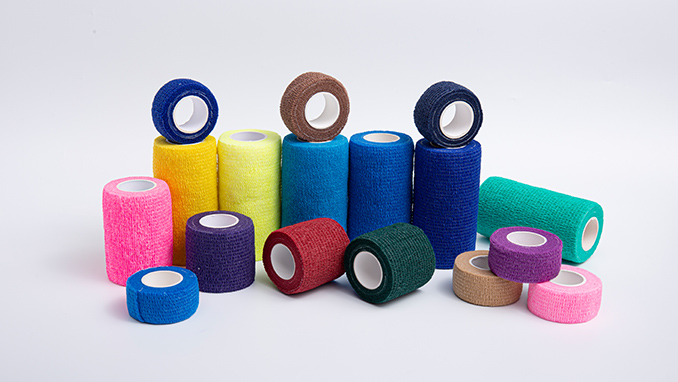








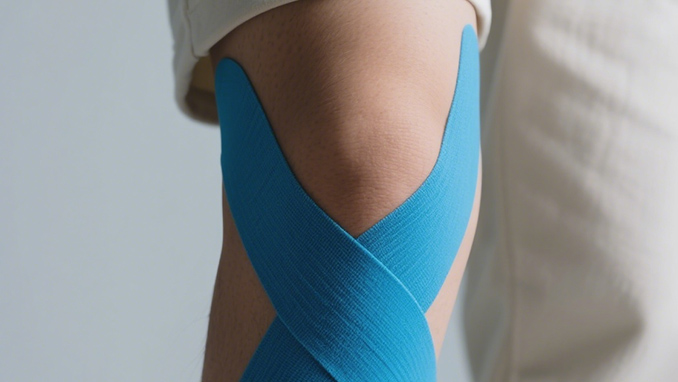






 English
English  русский
русский  Français
Français  Español
Español  عربى
عربى 
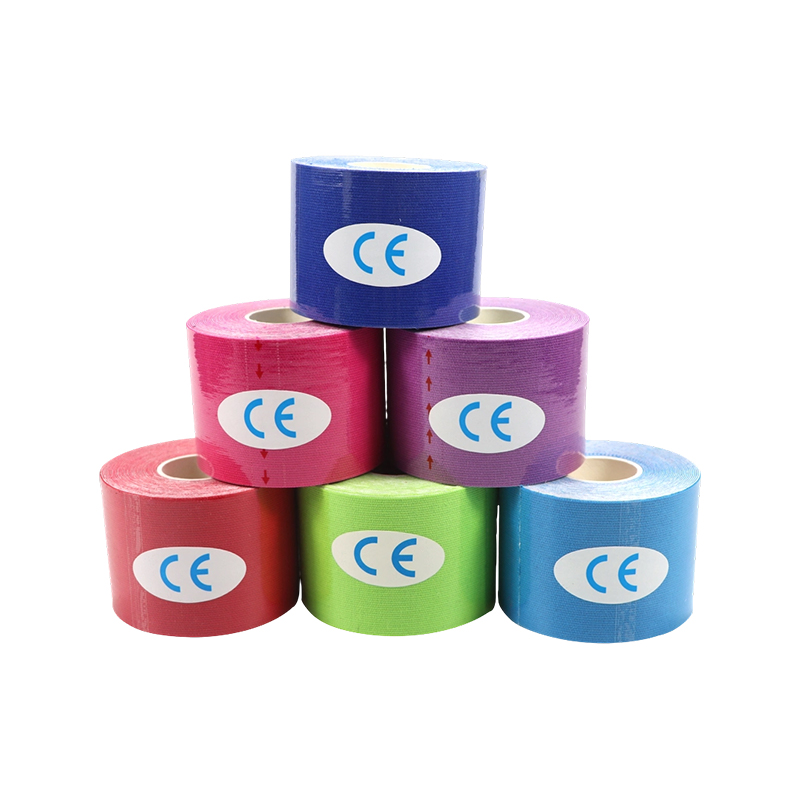
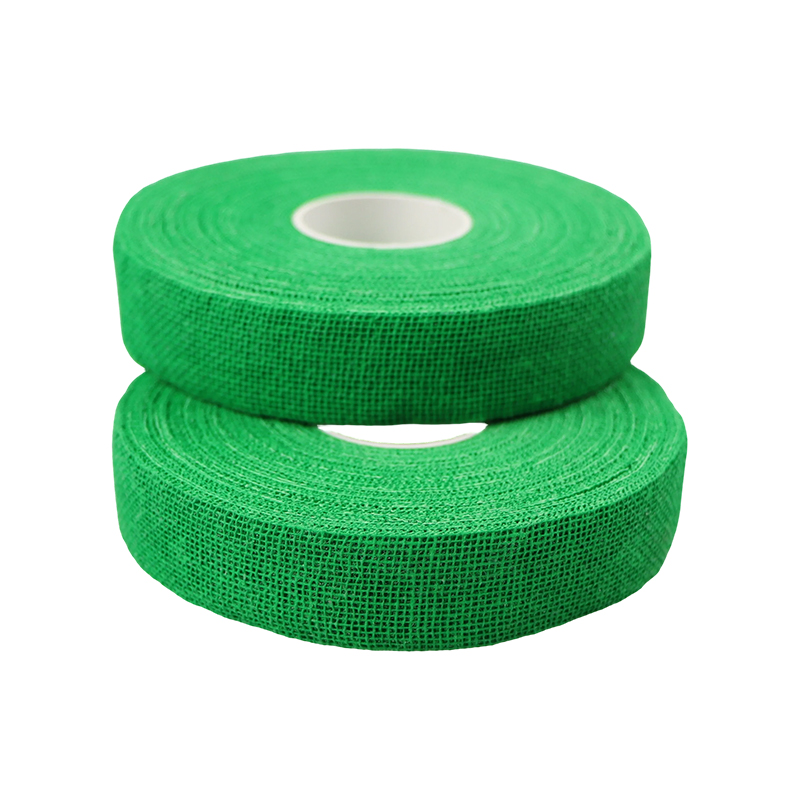
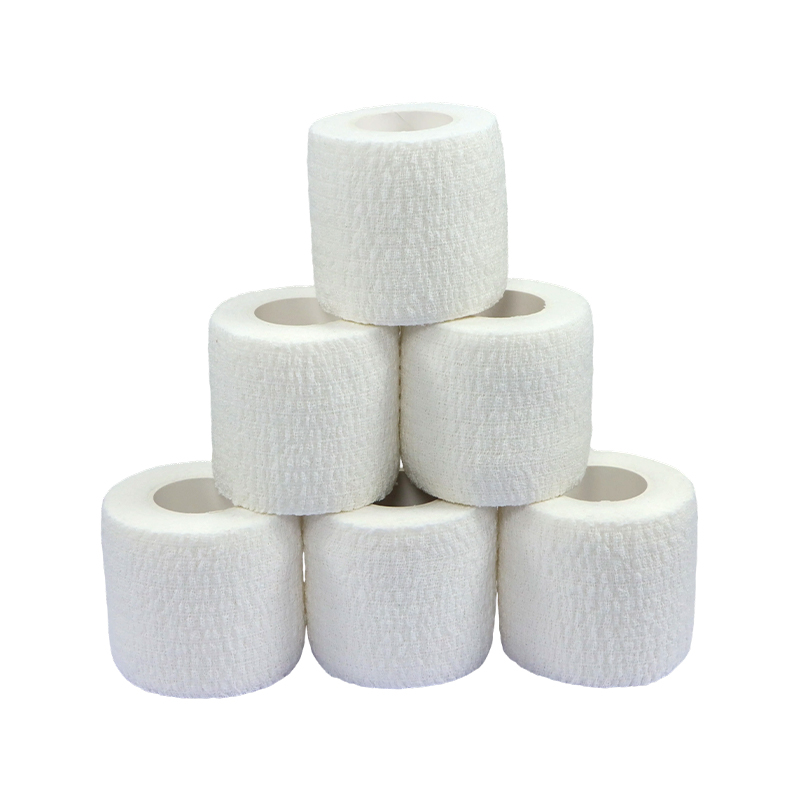
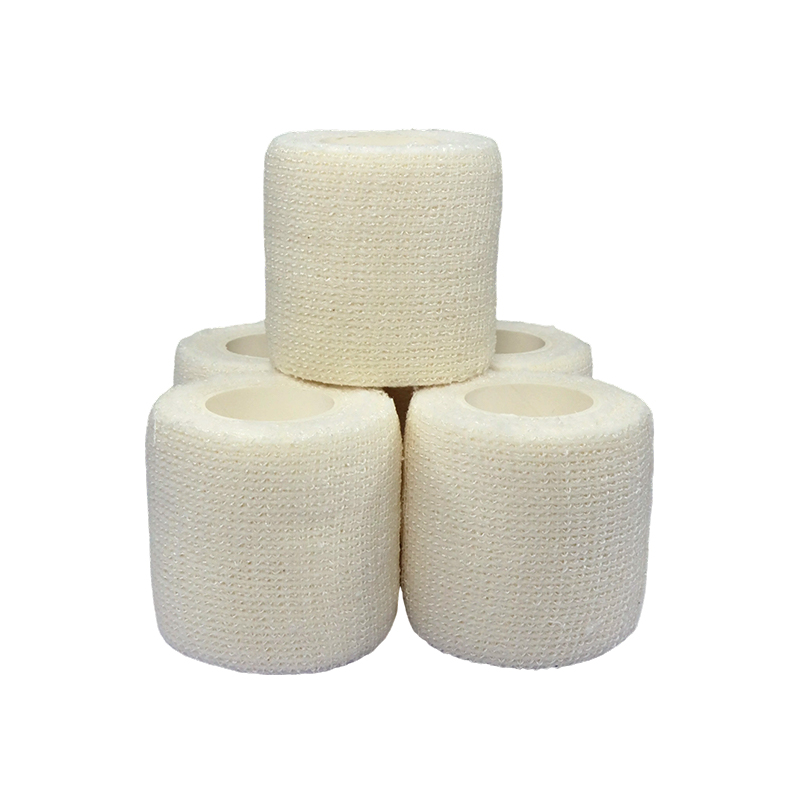

 ENG
ENG

